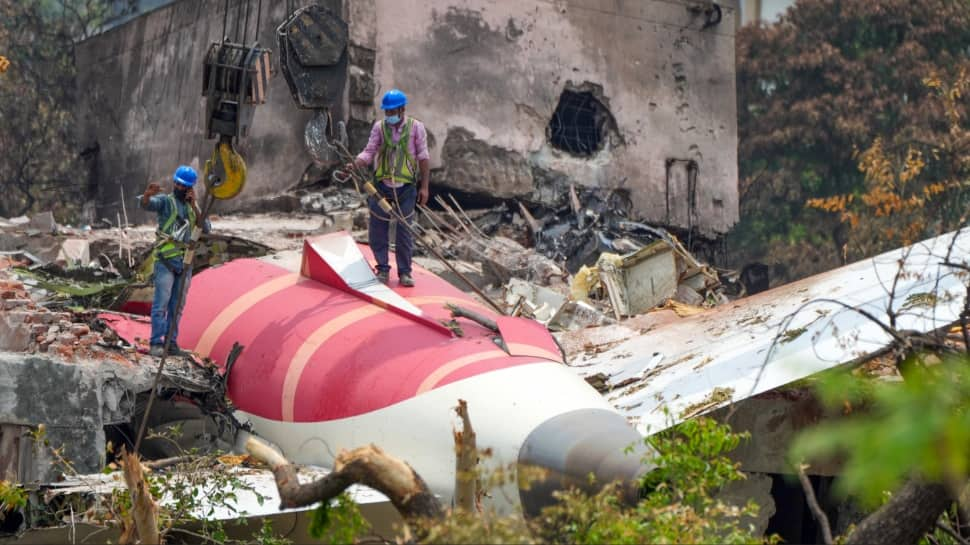As the government inquiry into the crash of Air India’s AI 171 at Ahmedabad goes on, a report indicated that a simulation carried out by Air India pilots indicated an apparent technical failure as a primary cause. The Boeing 787 Dreamliner crashed just minutes after departure on June 12, killing 241 of 242 individuals on board and 34 on the ground.
Air India pilots recreated the parameters of the aircraft within a flight simulator to simulate potential scenarios, Bloomberg reported, citing unnamed sources. Their results allegedly supported the technical failure hypothesis as a potential explanation.
Air India spokespersons, though, refused to make any comment on the results, “These are speculations, and we will not be able to give any comments at this time.”
What The Simulation Found
The simulation, carried out separate from the official investigation by the Aircraft Accident Investigation Bureau (AAIB), simulated different conditions. Deploying the landing gear and retracting wing flaps in the simulation did not, individually, result in a crash, but photos of wreckage of the actual aircraft revealed the flaps were still in the extended position, not retracted as had been initially suspected. Flaps are important for adding additional lift on takeoff and landing.
A review of the crash footage by Air India pilots showed that the landing gear was slightly canted forward, which meant the retraction sequence had initiated. At the same time, the landing-gear doors had not opened yet. Pilots who conducted the analysis indicated this could be indicative of a loss of power or hydraulic failure, strongly suggesting malfunction with the engines.
Questions Of Dual Engine Failure
Joining the theory of technical malfunction, former US Navy pilot and aviation expert Captain Steve Scheibner has put forward dual engine failure as a possible cause for one of India’s worst air tragedies in recent decades. Speaking in an interview with India Today, he pointed towards the activation of the ram air turbine (RAT) soon after takeoff as a sign of a dual engine failure. The RAT is a tiny turbine that is deployed from an airplane to provide power in a crisis, usually following a total failure of main electrical and hydraulic power.
Black box data analysis (cockpit voice recorder and flight data recorder) of the crashed Air India aircraft is in progress at the laboratory of the AAIB in Delhi. This vital information will be used to establish the exact sequence of events resulting in the accident as well as shed light on the reason why both engines could have lost power at the same time. The results of the official AAIB report are anxiously awaited to come up with a conclusive cause of the tragedy.
#Ahmedabad #Air #India #Crash #Engines #Fail #Pilot #Simulation #Uncovers #Shocking #Clues
Ahmedabad Air India Crash, Air India crash 2025, Air India crash, Air India flight AI 171 crash, Boeing 787 Dreamliner
latest news today, news today, breaking news, latest news today, english news, internet news, top news, oxbig, oxbig news, oxbig news network, oxbig news today, news by oxbig, oxbig media, oxbig network, oxbig news media
HINDI NEWS
News Source


